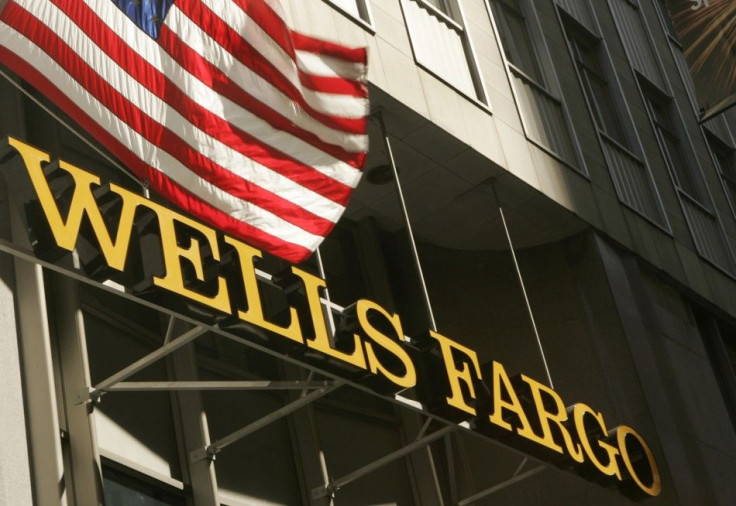Will the $26 Billion Mortgage Settlement Help You?

The massive $26 billion mortgage settlement between states and banks is designed to help millions of American homeowners -- but not everyone is eligible. Here's a guide to how the deal could affect you.
Make sure you are included
This deal does not cover everyone. It does not cover mortgages owned by the government-controlled entities Fannie Mae and Freddie Mac. Borrowers can find out if their loans are owned by either entity at their respective Web sites. A refinancing program proposed by President Barack Obama may eventually provide more refinance options for people with Fannie and Freddie-backed mortgages. More lenders may also sign on to the settlement.
Borrowers from Oklahoma are also ineligible for relief, because the state declined to join the settlement.
The Web site of the settlement stresses that borrowers will not immediately know if they'll be included in the program.
Those who qualify for the program must have mortgages serviced by Ally Financial Inc./GMAC Mortgage, Bank of America, Citigroup, JPMorgan Chase or Wells Fargo.
Prepare to wait
Over the next 30 to 60 days, an administrator will be selected to begin the settlement process. Over the next six to nine months, the administrator, along with state attorneys general and servicers will begin determining eligible homeowners and send letters to them.
The entire process is expected to take three years, because of the complexity of the settlement and the number of homeowners involved.
What's being offered ...
A minimum of $17 billion is targeted for direct borrower relief, which will be used for principal reductions. Another $3 billion has been committed to refinancing underwater mortgages, in which homeowners have mortgages that are worth more than the value of their homes. Banks will also give $1.5 billion in direct homeowner relief to around 750,000 borrowers who lost their homes to foreclosure.
Representatives from the banks may contact homeowners for loan modifications and refinances.
... to people who have yet to be foreclosed upon. Principal reductions will be available to borrowers who are behind in the payments or at imminent risk of default. Such reductions can be applied to both first and second mortgages. About one in five mortgagors owes more than the mortgaged home is worth, according to the New York Times. Collectively, their negative equity is almost $700 billion. On average, these homeowners are underwater by $50,000 each. The Times said that a recent estimate from the settlement negotiations put the average aid for homeowners at $20,000.
... to people who have been foreclosed. If you were foreclosed on between September 2008 and December 2011, you can expect to receive $1,500 to $2,000. In this case, an official from the local state attorney general's office will contact homeowners. Just because you take settlement money -- which may not seem like much to many people who were wrongly foreclosed upon -- doesn't preclude pursuing other options, like filing a claim with bank regulators.
© Copyright IBTimes 2024. All rights reserved.











